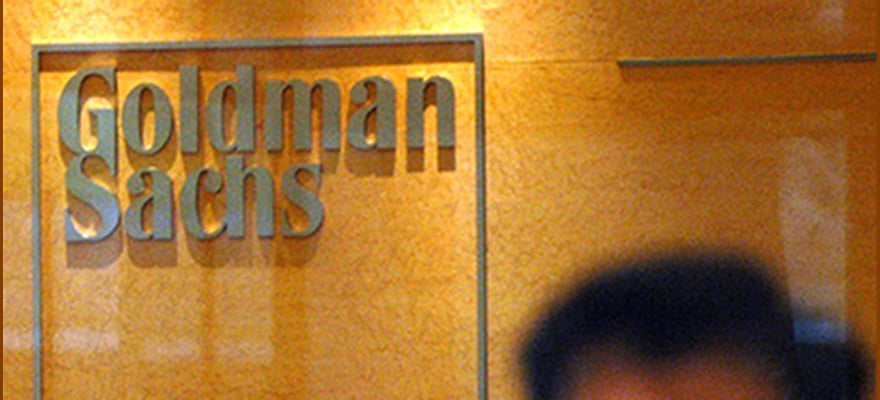In a memo to employees, Goldman Sachs announced the hiring of Harit Talwar from Discover where he had previously head Card Services at that company. With experience in consumer facing customers, Talwar will be tasked with heading a new initiative for Goldman Sachs, leading the investment bank’s marketplace lending unit to consumers and small businesses.
Counting sovereign wealth funds, central banks, international conglomerates among its list of clients, the SME and retail market is one area Goldman Sachs has avoided. Nonetheless, with triple digit growth and billions of dollars getting lending through online P2P lending firms like Funding Circle, SoFi, Lending Club, RateSetter, and Prosper, Goldman Sachs apparently sees an opportunity in the lending product.
In the memo sent by CEO Lloyd Blankfein and COO Gary Cohn and first revealed by Bloomberg and Quartz, it was stated “The traditional means by which financial services are delivered to consumers and small businesses is being fundamentally re-shaped by advances in technology, maturity of digital channels, use of data and Analytics , and a focus on customer experience”.
While details of Goldman’s plans are limited, it can be expected that the investment bank will be using the lending initiative to provide its existing large investors with an opportunity to source higher interest rates from consumer and SME borrowers than from traditional assets like bonds. In such a scenario, Goldman Sachs will be using a similar model to that of OnDeck Capital, where available funds for lending originate from a limited source of investors. This is in contrast to P2P lenders who avail their marketplace services to the public to accredited and approved investors.
Anti-disruption?
Goldman Sach’s entrance to marketplace lending occurs as other banks with traditional consumer client bases like RBS and Citigroup have also announced initiatives to partner with P2P lenders. As such, with reports of financial innovation potentially disrupting incumbents to the tune of billions and billions of dollars of lost business, we are also seeing the large players Leverage new technology themselves.
It is only a matter of time before these sleeping giants of finance also enter new markets to disrupt the disrupters
In the case of P2P lending, what banks have in their favor are existing consumer and SME client bases to market such marketplace loans to. Therefore, while online marketplace lenders may be able to provide loan terms that are beneficial to both investors and borrowers, they are also suffering from high acquisition costs to attract existing banking customers. As such, the market has proved that there is a potential for traditional banks to leverage their existing customer bases by partnering with the upstarts.
However, like the case of Goldman Sachs, existing P2P and marketplace operators are not alone in their goals to disrupt the business models of banks and other large financial firms. As such, fintech innovators are expected to experience not only more competition to onboard new lending customers, but also for investors.
Similarly, after rob-advisors had quietly gained a market of assets under management in the billions, they too saw the entrance of Charles Schwab launch a competing product into their field. As such, a trend that can be deduced is that while financial innovation does indeed pose a threat to incumbents, it is only a matter of time before these sleeping giants of finance also enter new markets to disrupt the disrupters.

















